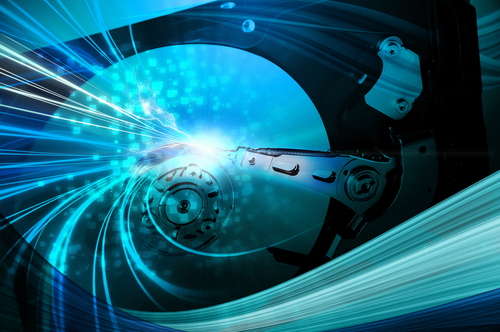
The VP of Mergers and Acquisitions (the VP) for a major manufacturer of hard drives felt he had little information on which to base analyses of the acquisition prices of small firms with novel intellectual property.He thus typically negotiated by simply trying to reduce the asking price by a significant amount, say 25%, thereby feeling and being perceived within his company as if he had saved money.
Once an acquisition was made, a project manager (the PM) would take control of developing the new product opportunity made available by the acquisition.With no other guidance and an incentive system built around “success”, the PM would aim to maximize the chances of getting the product to market in the time-frame required to gain significant market share, regardless of the cost.
The VP was confident that there must be a way for him to determine the true value of the acquisition to his company so that he could enter negotiations confident of his maximum buying price.He was also concerned that projects, once started, would often drag on well after opportunities for profitability had passed, and that using high-priced consulting teams to maximize the chance of success was cutting into profits.
The VP modeled a representative acquisition with Provisdom’s help.All available relevant information about the possible project development was modeled to value the acquisition.This information included repeated choices between halting the project to save costs and either hiring the product group’s engineering team or an internal consulting team, who rove between product groups as needed.The model also included the anticipated learning about future sales for a new hard drive that would occur during the development of the product.
With an improved strategy for managing the project, the shareholder value of the acquisition increased from $0.64M to $1.52M.The resulting strategy showed that the PM’s choice of team would change based on market research about the future sales of the new drive and the progress of the development.The analysis showed clearly why the maximum buying price was $1.52M based on the information at hand.Knowing the shareholder value ensures that well-priced acquisitions are made and potentially saves the company millions from purchasing over-priced firms.
The full model integrates information from both parties, accounts for future decisions, and maximizes shareholder value.The VP and the PM each have different information relevant to the problem, and neither should perform their analyses in isolation.The VP’s valuation of the acquisition depends on the project management aspects, and the PM’s project management strategy depends on future sales information.Consistency and transparency across management levels are achieved when the VP and the PM (and shareholders) share the same goal.
Lack of vertical consistency in goals and analysis methods clearly makes a big difference in how the acquisition is valued.With the traditional methods, the PM has a goal which is clearly not in the best interest of the shareholders, as evidenced by the significant discrepancy between the shareholder value of the optimal strategy and the maximize success strategy.
Our commitment to confidentiality prevents us from publicly disclosing the identity of clients in our case studies and other confidential information.